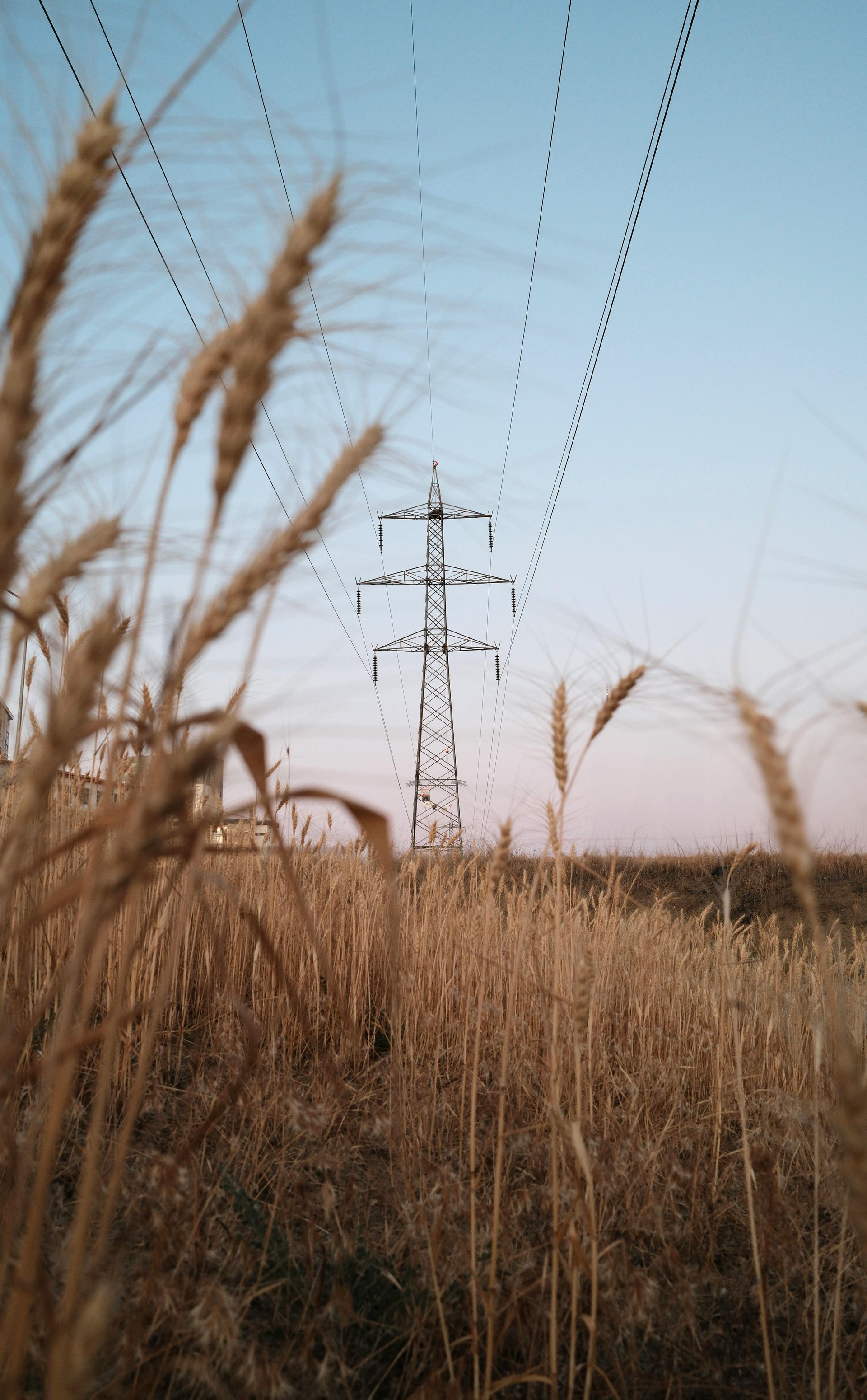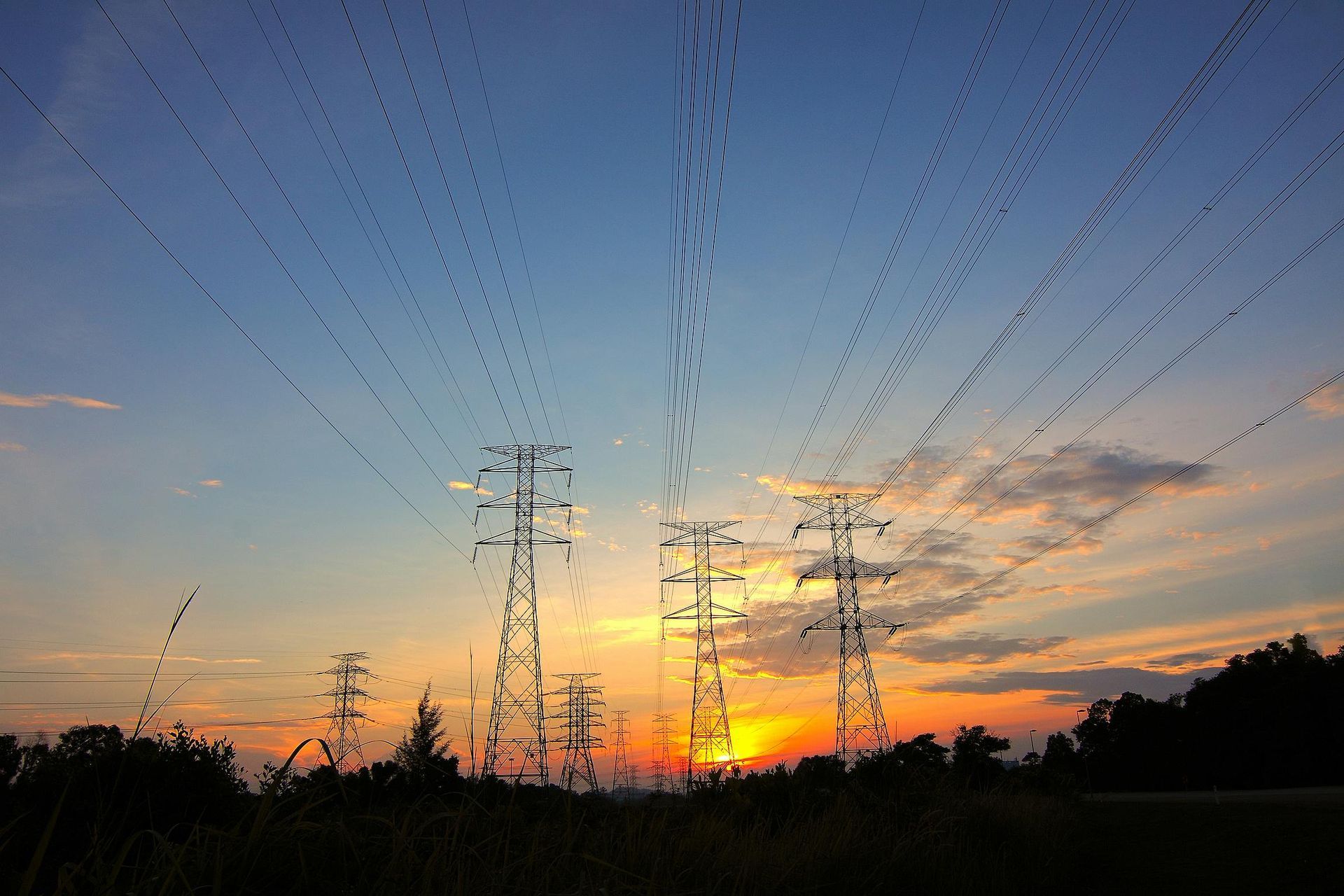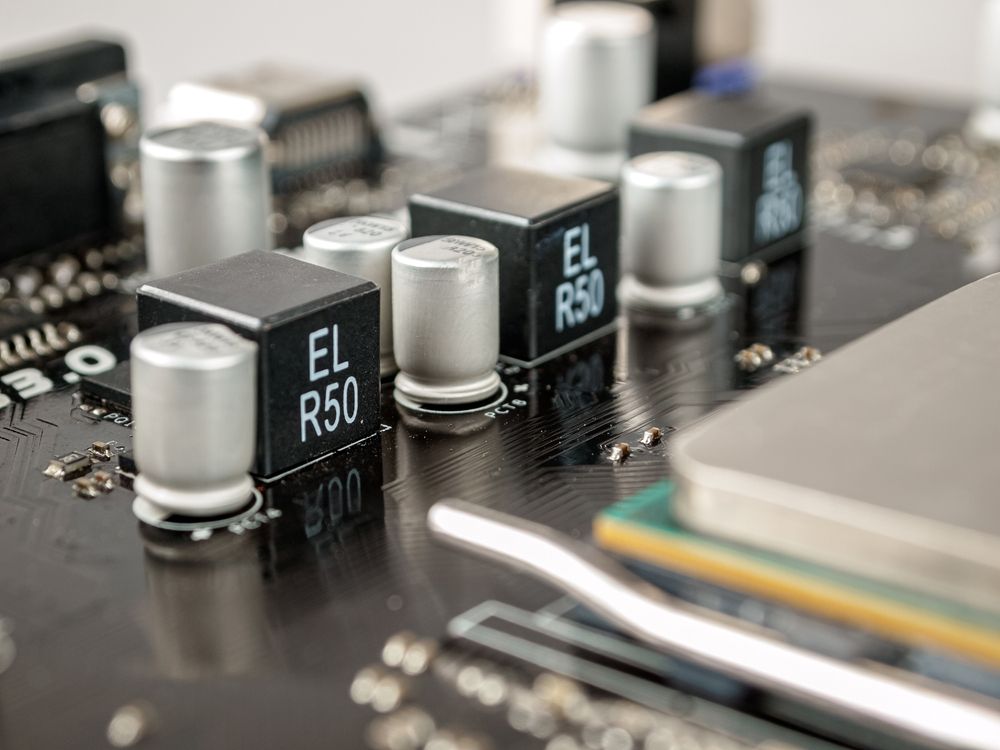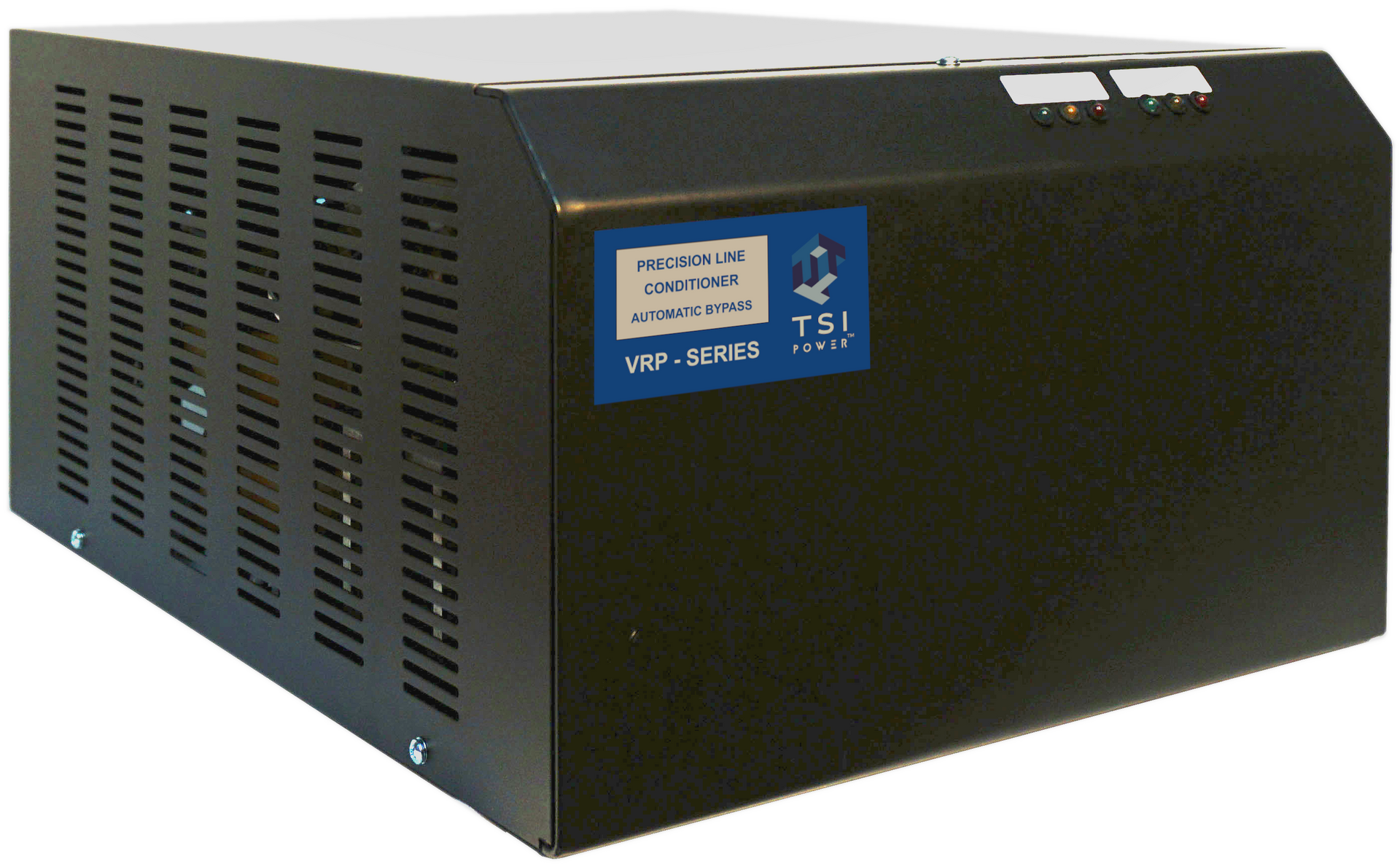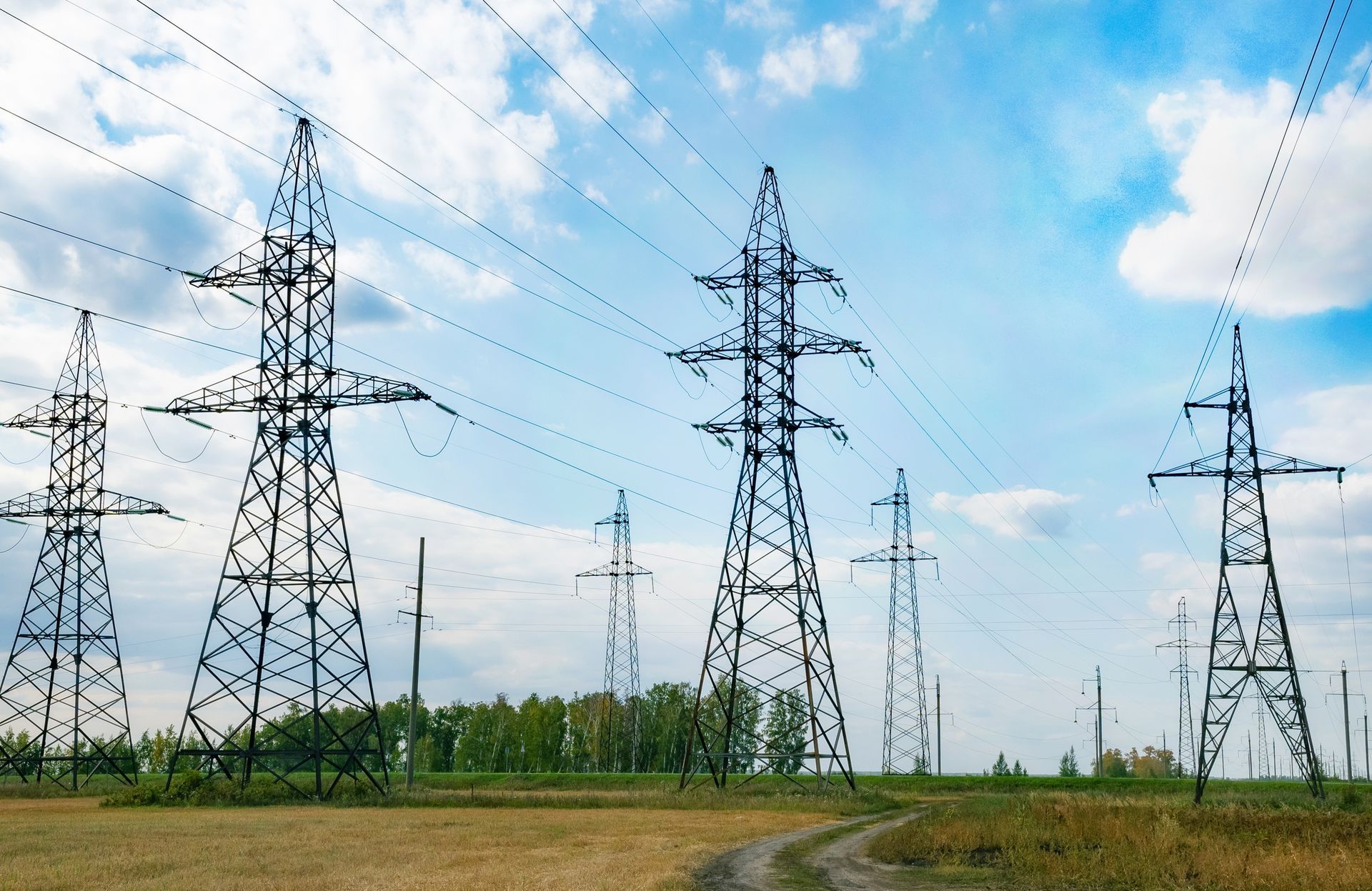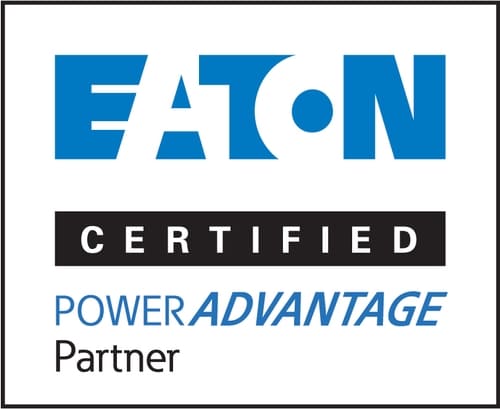The Difference Between a Brownout vs. Power Outage
29 June 2021
Share this article:
A sag in voltage or brownout condition can represent a major issue for most equipment. The longer the brownout, the more impact this event will have on equipment components. Depending on a situation, an outright power outage may be a better scenario than extended brownouts for equipment.
How are Brownouts Caused?

A brownout is a drop or sag in voltage along the electrical grid distribution. This is caused by increased demand on the utility grid. In high heat, summer conditions the increased demand of hvac systems over a large area will outweigh the supply of power. Therefore, causing a nominal drop in voltage across systems. Since there is not a disruption in service, this “over-demand” will cause the overall voltage to sag for an extended period of time. Causing rolling or regional brownouts.
Why are Brownouts Bad for Equipment?
Under normal power conditions, electrical grid distribution voltage is maintained within a certain nominal range. A variance in voltage of 5-10% is not unusual due to local equipment start/stop, or different events affecting the grid daily. Components are not made to endure long periods of low voltage. In fact, when low voltage is applied to power supplies a higher amperage event takes place to compensate for the decreased voltage. This spike in amperage is what causes heat and “burns out” equipment. Much like when a circuit in your house trips when amperage spikes over the breaker rating. When amperage is elevated for periods of time it can cause permanent damage to components, wiring, and mechanical equipment.
Why are Power Outages better than Brownouts?
Well, no one likes a power outage. As for equipment that is sensitive to amperage spikes such as controls systems or manufacturing processes, some would say it would be better for that equipment to just shut off rather than endure extended voltage sags and amperage spikes. Re-booting production lines, cleaning out extrusion systems vs failed equipment parts replacements are the trade-off.
Avoiding Brownouts
These days there is equipment which can be installed that will perform against voltage sags and brownouts. Rather than installing an expensive UPS system and batteries that intercept and replace the voltage, an Active Voltage Regulator may be installed to correct these temporary brownout scenarios. Boosting the voltage sag back to normal. Even a considerable single-phase voltage sagging to 30% of normal a Voltage Correction Device can boost that back to nominal. This is the best protection against this type of disturbance.
Voltage Correction
Voltage Correction is a provider of services to industry to install voltage correction devices, monitor incoming power to facility for solutions, and provide customers with comprehensive power solutions. 855-240-6776
Connect with Us:


